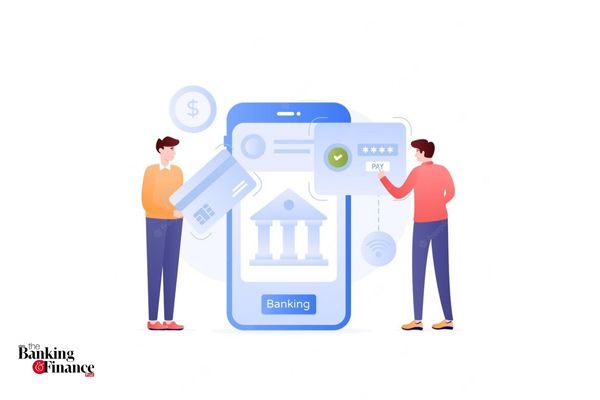How Banking-as-a-Service (BaaS) is transforming the fintech market


Customers today, whether individuals or businesses, are offered innovative financial services through the platforms they are most used to. Banking as a service, or BaaS, has expanded access to financial goods beyond the bank’s four walls and into the hands of those who need it most. Banking as a Service (BaaS) is another fintech innovation that allows banks and fintech to work together.
In recent years, the banking industry has seen a drastic transformation. With the entry of fintech companies into the market, this transition has become inevitable. Financial services develop in such a way that new products, channels, partnerships and opportunities emerge. At the heart of it all, Banking as a Service plays a crucial role.

What exactly is Banking as a Service?
BaaS is a comprehensive strategy that allows fintech companies and other third-party organizations to interface with a bank’s system via APIs. This enables organizations to construct new financial services on the regulated infrastructure of the provider bank, while also offering open banking services.
Why is Banking as a Service important and who can benefit from it?
There are several methods for non-banking businesses to improve customer experience and increase revenue by offering their own financial services. However, if these banking services are offered, governments around the world will need organizations to obtain banking licenses. Due to the systemic importance of banks in the economy, obtaining such licenses will be challenging. It requires not only a large amount of capital but also compliance with strict laws. Such restrictions concern, among other things, money laundering, deposit security and bank confidentiality. In this context, the importance of banking as a service becomes clear.
What distinguishes Banking as a Service from traditional banking?
To understand this, consider the functions of a bank: money storage, remittance and payment processing. The banks must invest heavily and build the necessary infrastructure to support these functionalities.
The processes, along with the intricate infrastructure, result in gridlock. And it is because of these gridlocks that there has been an enormous amount of thought and application fintech companies and non-banking organizations to establish financial services – partnering with banks rather than building these financial services from scratch.
What elements affect BaaS?
While fintech is evolving and changing the way financial services are delivered, there are a few key factors that have contributed to the rise of BaaS.
- Banks are trying to match the speed of fintech companies. Alternatively, banks collaborate with fintech companies to develop new financial services.
- Startups and SMEs are starting to benefit from more convenient and efficient business banking.
- The digital transformation and mobile-first strategy that has exploded in recent years has had a huge impact on BaaS.
- Banking business architecture is evolving into a much more sophisticated system that incorporates newer technology and techniques.
- Banking norms have evolved, which has contributed to healthy growth in the industry.
Link between BaaS and B2B Credit?
With a market potential of USD 1 trillion, the bank-as-a-service model has significantly equipped business-to-business (or B2B) transactions. This also explains why checks are still used in only a quarter of B2B transactions. FinTechs which offers Embedded Finance APIs, which allow enterprise-serving platforms to provide tailored financing in context, addresses pain points in B2B payments.
For example, platforms that serve MSMEs, such as retail technology and B2B e-commerce, can provide in-context credit to sellers on their platform. Embedded Finance enables lenders to use platform data to provide tailored, short-term loans with personalized repayment plans to MSMEs. Platforms can also provide merchants with Buy-Now-Pay-Later payment options at checkout, increasing average order value and customer lifetime value. Sellers can choose a convenient payment plan and return the loan with little or no interest.

Elet’s The Banking and Finance Post Magazine has carved a niche for itself in the crowded market with exclusive and unique content. Gain in-depth insights into trend-setting innovations and transformation in the BFSI sector. Best offer for Print + Digital editions! Subscribe here➔ www.eletsonline.com/subscription/
Get a chance to meet Who’s Who in NBFCs and Insurance Industry. Join us for upcoming events and explore business opportunities. Like us on Facebook, contact us on LinkedIn and follow us further TwitterInstagram and Pinterest.

























